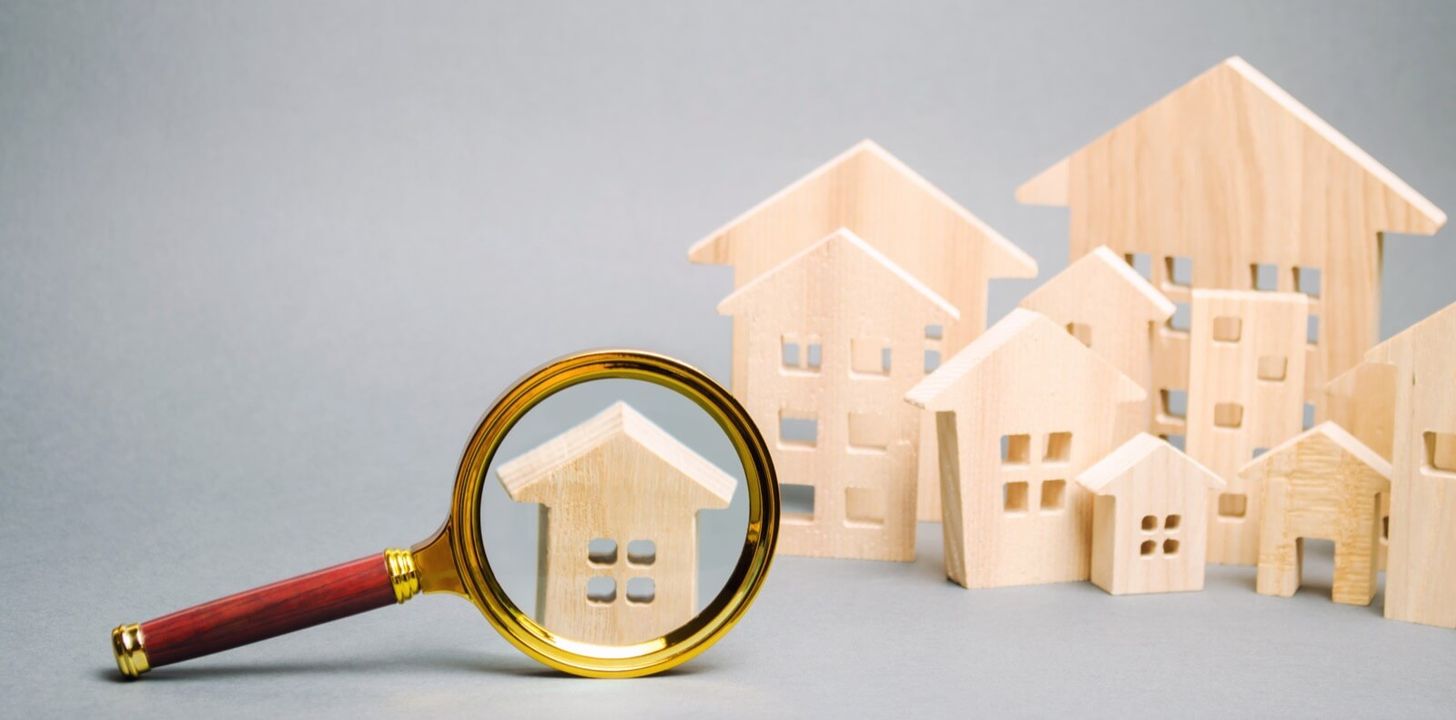
A home inspection is one of the most important steps when buying a property. It can reveal unseen issues, help you negotiate more effectively, and give you confidence in your investment. If you're considering purchasing a home, here are seven key things you need to understand about home inspections—how they work, what they cover, and how to make the most of them.
1. What Exactly Is a Home Inspection & What’s Covered
A home inspection is a visual, non‐invasive assessment performed by a qualified professional to evaluate the condition of a property. It focuses on major systems and components—such as roofing, structural elements (foundation, walls, ceilings), plumbing, electrical, heating and cooling, insulation, windows and doors, and ventilation. The objective is to identify existing issues and potential trouble spots, not to predict every problem that might ever arise.
Home inspections are not about cosmetic flaws, but rather about safety, integrity, and systems that could affect livability and long‐term costs. Some items do get excluded (unless explicitly requested), such as environmental hazards, septic systems, or detailed pest or radon testing.
2. Timing Matters: When to Schedule the Inspection
Typically, the inspection is scheduled after your purchase offer has been accepted but before final closing. That way, you have the opportunity to review the report and, if needed, negotiate repairs or adjustments. Many purchase contracts include an “inspection contingency” that allows this. If serious issues show up, you may have the right to request fixes, renegotiate the price, or even walk away.
Waiting until after closing can be risky, because once you own the home, it may be harder or more expensive to force repairs or reverse bad decisions.
3. Who Pays & What Costs to Expect
In most cases, the buyer pays for the inspection. The cost depends on several factors: the size of the house, its age, its complexity, and its location. Generally, the fee can range from a few hundred to a few hundred more dollars. Larger homes, multi-unit buildings, or those with special systems (like extensive HVAC, swimming pools, or detached structures) tend to cost more.
Even though it's an expense, in comparison to possible repairs or hidden defects later, the inspection fee often pays off many times over by avoiding expensive surprises.
4. The Inspector You Choose Is Very Important
Not all home inspectors are the same. When choosing one, look for:
• Proper credentials and certifications with recognized inspection associations.
• Experience, especially in your area or region—local climate and building styles matter.
• Sample inspection reports to see how thorough they are (photos, clear explanations, prioritized issues).
• Good reputation and references from past clients.
A thorough, honest inspector gives a look into what’s really going on in the home; a weak inspection report can cost you dearly.
5. What Happens During the Inspection & How You Can Participate
The inspection process usually takes a few hours (often 2–4), depending on size and condition of the home. The inspector will move through the home systematically: checking exterior, roofing, structure, interior components, plumbing, electrical, HVAC, insulation, and more.
You should attend the inspection if possible. Being there lets you ask questions, observe issues firsthand, and get explanations of any problems. It also helps you better understand maintenance needs once you own the home. After the inspection, you’ll receive a written report detailing findings, with recommendations and sometimes cost estimates or urgency levels for repairs.
6. Weaknesses & Limitations of Inspections
While powerful, a standard inspection doesn’t catch everything. Items that are out of view (inside walls, under-floor plumbing, underground or inaccessible ductwork) won’t be fully evaluated. Environmental hazards like asbestos, lead, or radon may require specialized testing. Also, inspectors work with what’s accessible and visible—some defects may only become evident later.
Because of that, it’s good to have realistic expectations. Use the inspection report as a guide to understand risk—not a guarantee that nothing will go wrong.
7. How to Use the Findings: Negotiation, Budgeting & Peace of Mind
Once you have the inspection report, here’s what to do:
• Review all issues, but focus on major ones (structural, electrical, plumbing, safety).
• Use major defects as negotiation points: you may request repairs, credits, or price reductions.
• Plan for both immediate repairs and future maintenance. The report helps you budget for upcoming work.
• If you decide to move forward, keep the report—it serves as a reference for when maintenance is needed.
• Gaining confidence in the property’s condition helps reduce anxiety and ensure you’re making a well-informed purchase.
Conclusion
A home inspection isn’t just a box to tick off—it’s an essential tool that ensures you’re aware of what you’re buying, what repair costs may be ahead, and whether the home is safe and sound. Take it seriously: choose a good inspector, attend the inspection if possible, and use the report to your advantage.
If you’re preparing to buy a home in the Fraser Valley—or anywhere—you don’t have to go through this alone. At Jag Sidhu Real Estate Group, I help clients make sense of inspection findings, negotiate with confidence, and avoid surprises so your home purchase feels like a smart, secure investment.
Posted by Jag Sidhu PREC* on

Leave A Comment